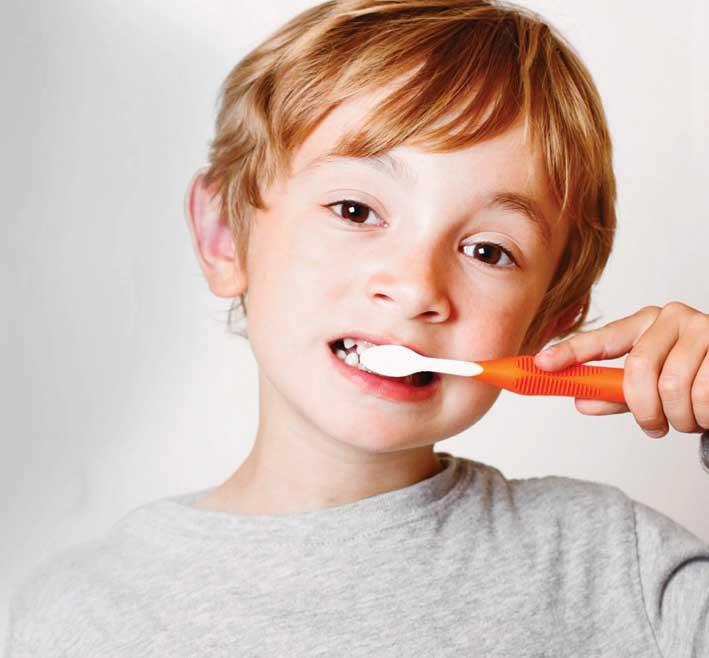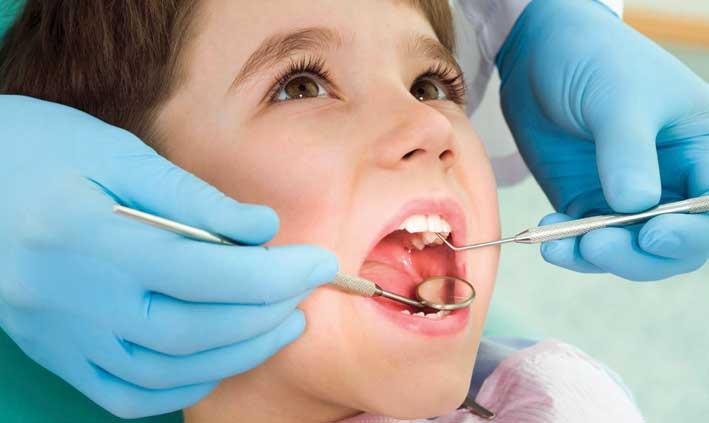Tooth decay is more common than we might think. Often, children have as many as eight holes in their teeth or teeth that are worn down to stumps. The cause is a diet that is high on sugary and acidic food and drink. Counterintuitively, "healthy" drinks are partly to blame.
From what I read and hear, caries and cavities in children's teeth are still a big concern here in Malta. What are your current experiences in this regard and is it just the sugary sweets that are to blame?
I see many cases where parents claim their children eat very few sugary snacks but still have loads of caries. Further questions reveal the children use toothpaste without fluoride. Seeing children with teeth worn away to little more than stumps due to their mouths being constantly bathed in acidic food and drinks really infuriates me. Dental decay occurs from plaque, a deposit of bacteria that forms on our teeth. This bacterium combines with the sugars and carbohydrates we eat to form an acid. It is this acid that can attack and break down the enamel on teeth and cause a cavity to form. Children's milk teeth are the direct victims of what we feed them or what we allow them to eat.

So are our children ingesting key caries-causing foods which are being masked as healthy?
Unfortunately, yes. These include smoothies and fruit juices due to their high content of natural acids, with apple juice being the worst. Then there are fizzy drinks, including diet brands, as well as flavoured fizzy water. If these are ingested, it is important to limit them only to mealtimes and parents should remember that using a straw with drinks helps reduce erosion.
Did you just mention smoothies? Aren't they supposed to be healthy?
Parents are inadvertently endangering their children's oral health by giving them too many concentrated fruit smoothies, which have a high acidity level. Giving a child one fruit in its natural state, say an apple, a fig, or a banana is healthy. But giving the child a concoction of juiced fruits is another matter. Juicing involves the removal of fibre and this removes some of the nutrients that would be found in a whole fruit or vegetable. There is likely to be a more concentrated level of sugars naturally present in the fruit. But if a fruit juice is sipped over a long period of time, the fruit juice, which is quite acidic, can damage dental enamel. In addition, some smoothies are very high in calories, with added whole-milk yoghurt, and even peanut butter or chocolate.
Consider that 81% of Maltese five-year old children have teeth with signs of erosion, which is caused by exposure to fruit-based acidic drinks. I find that many young children are refusing to drink water because they have been given fruit juice from an early age. This is a major dietary problem. Fruit juice, whether freshly juiced, in smoothie form, or in a packet, is very acidic, with a pH value of 2-3. Consider that teeth are under attack when the pH in the mouth is lower than five. Smoothies are marketed as healthy, claiming they contain one or two portions of the recommended five per day. However, a major factor is glossed over - these drinks have a high acidity level and are therefore harmful to tooth enamel.
Smoothies and juices should be marketed as treats, rather than health fare, and schools should only offer children milk or water to drink. As things stand, too many children are growing up refusing to drink natural water because they have been fed flavoured water or fruit juice since they were babies. And here I have not gone into the risky business of children become used to other popular caries-causing foods such as tomato ketchup, honey, sugary cereals, raisins, sponge cakes and so on. Moderate consumption is ok. Eating them constantly throughout the day is not.

Should children brush their teeth and use toothpaste differently from adults? Which type of toothpaste is best?
There is another trend to which I referred early on - the trend in the use of natural oral care products like aloe vera toothpaste and fluoride-free toothpastes. This is very risky and may jeopardise healthy teeth for a lifetime. Contrary to popular belief, fluoride is not toxic, unless your child eats a whole tube of toothpaste. It is scientifically proven that fluoride will help children have stronger and more decay-resistant teeth over their lifetime. Fluoride reduces the ability of plaque bacteria to produce acid and can strengthen tooth enamel to resist this kind of acid. Dental recommendations indicate that children should spit out after brushing, should not rinse their mouth, and should not use water on their toothbrush and toothpaste.
What can be done if a child cannot cope with treatment under local anaesthetic in the dental chair and s/he needs a lot of fillings ?
I still see many children below the age of six with a very, very high caries rate and an average of 6-8 holes in their teeth. These teeth MUST be treated as they are usually the primary molars which should be lost naturally when the child is 12 years old. Quite often, very young children do not allow me to treat them under local anaesthesia in the clinic and we have to resort to treating them under general anaesthesia in a private hospital. It is important to point out that, if diagnosed early enough, most baby teeth can be saved under general anaesthesia and this avoids early loss of teeth which has several complications."
Dr Audrey Camilleri is specialised in paediatric dentistry and is the international relations offices of the Dental Association of Malta.
RECOMMENDATIONS
Brush twice daily, under supervision until age eight.
Recommended concentration of fluoride in toothpaste for children aged:
- <3: a smear of toothpaste containing no less than 1000 ppm fluoride
- 3+: a smear of toothpaste containing no less than 1350-1500 ppm fluoride (adult toothpaste has this correct amount of fluoride and can replace children's toothpaste).